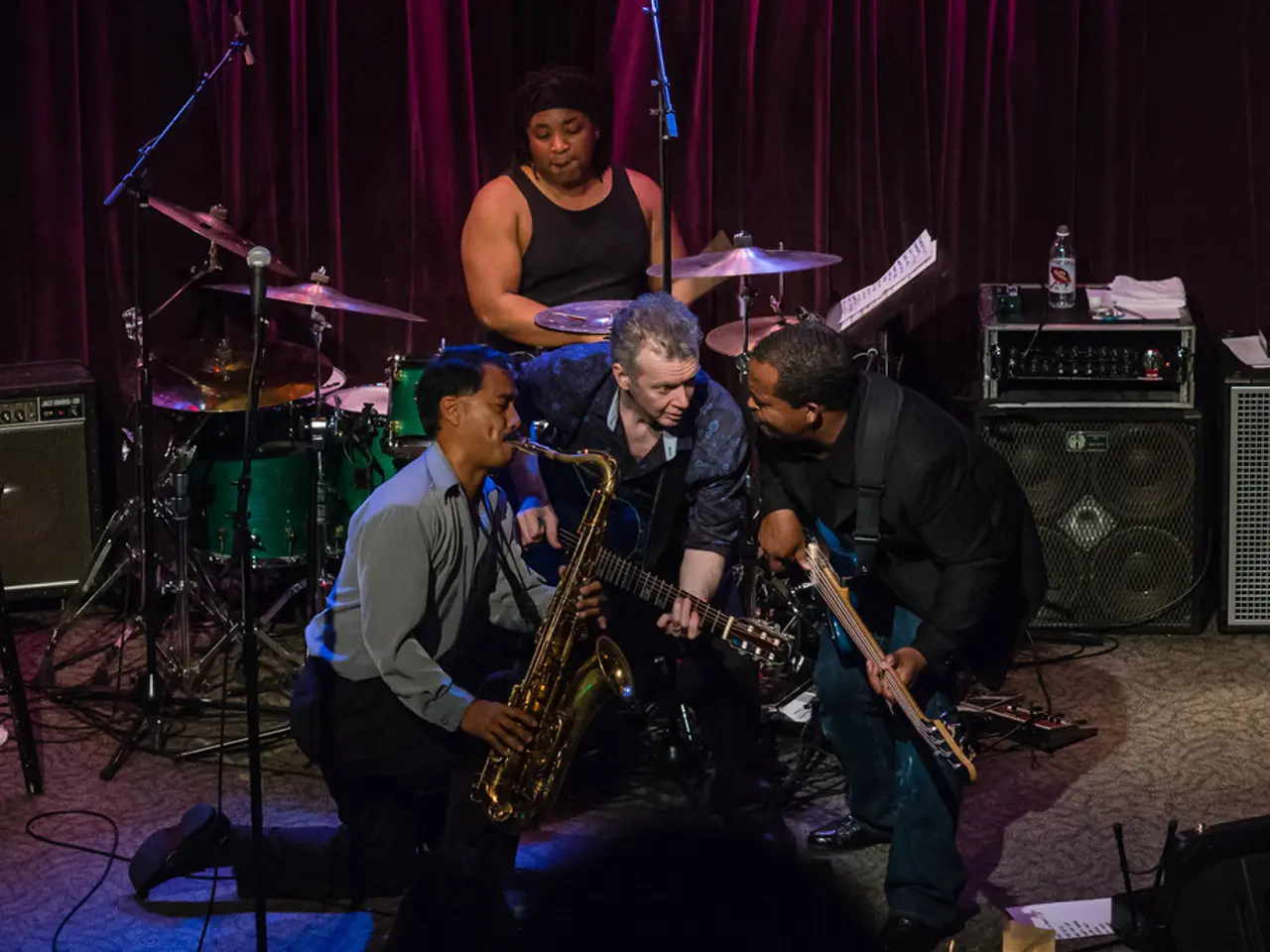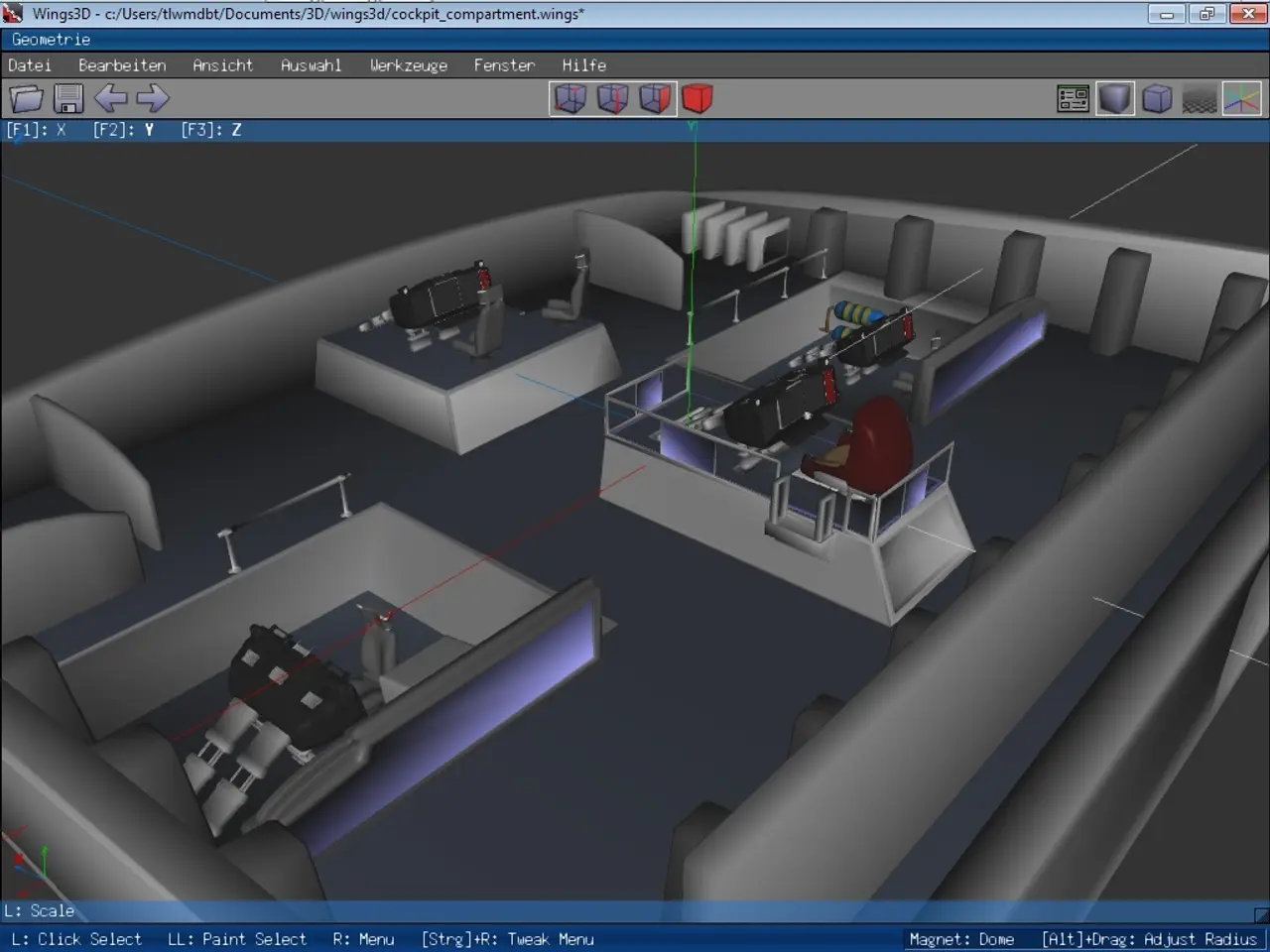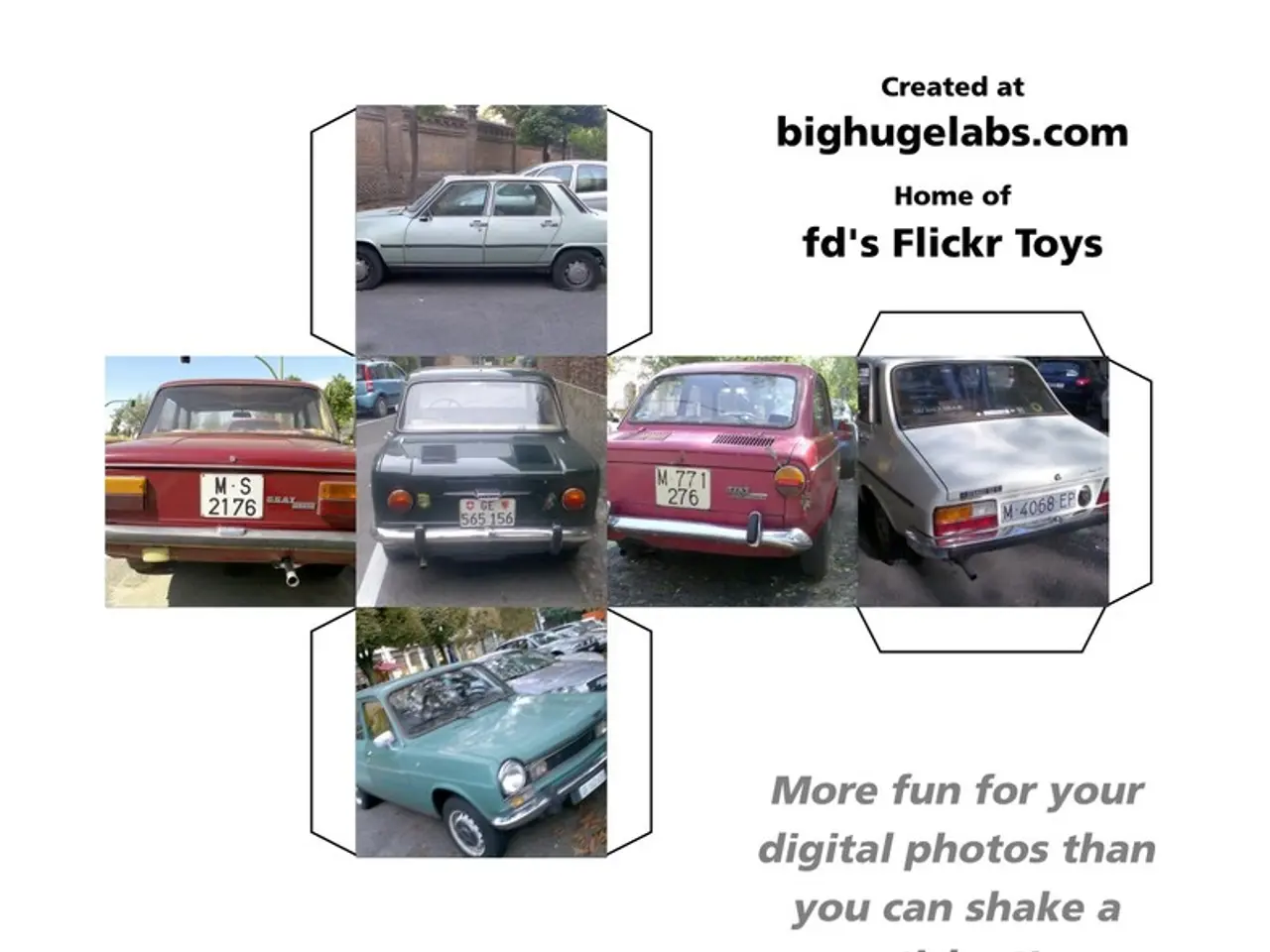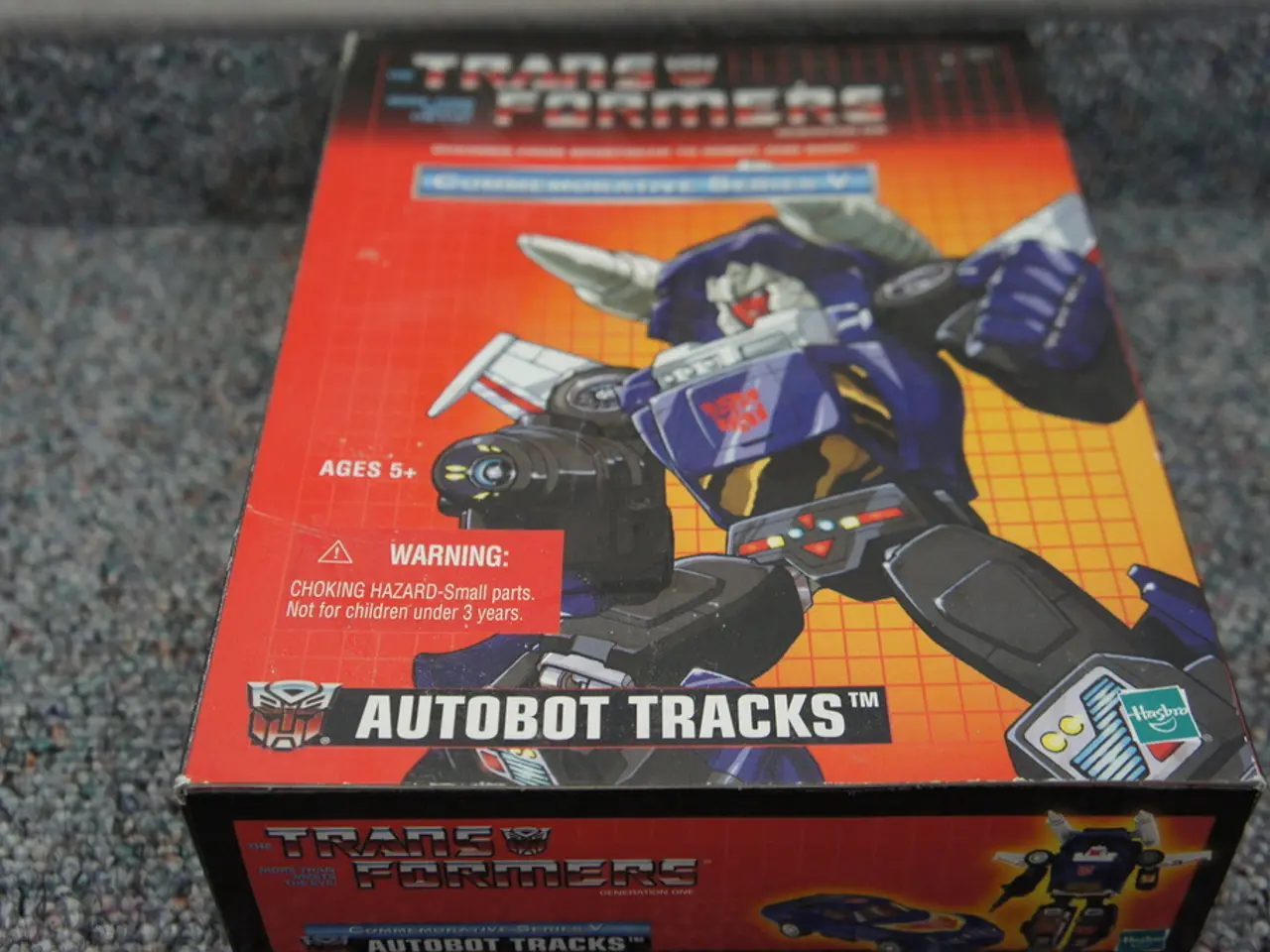Modern Music Production Explained: A Look at MIDI Technology 🎼
In the realm of digital music production, the use of MIDI (Musical Instrument Digital Interface) has revolutionized the way we create and manipulate music. This universal language allows various instruments, computers, and digital audio workstations (DAWs) to communicate, transforming the once manual process of music creation into a more flexible and intricate art form.
The Basics of MIDI
MIDI, invented in the early 80s, is a form of information, not sound. It's similar to a music sheet, providing instructions on what notes to play, when to play them, and how hard to play them. The first MIDI-enabled instruments, such as the Roland Jupiter-6 and the Prophet 600, were released in 1983.
In a DAW, MIDI information is usually displayed in a piano roll format, where notes can be recorded live or drawn in manually. MIDI controllers, like the popular AKAI MPK Mini, are often used to trigger plugin instruments within a DAW. These controllers can control almost any parameter within a DAW, from pitch to placement, velocity to panning.
Strumming and Arpeggiation
Two key features that add a human touch to MIDI notes are strumming and arpeggiation. Strumming in FL Studio creates a cascading effect with piano chords, replicating the way an actual pianist would play. To enable strumming, simply click on Strum in the Tools section of the piano roll. In FL Studio, you can also transform chords into arpeggios by selecting the chords, clicking the Tools icon, and selecting Arpeggiate.
Arpeggiation is when the notes of a chord are played separately in an ascending or descending sequence. This technique, combined with strumming, can create a more organic and dynamic sound.
Quantizing and Beyond
Quantizing is the process of moving notes so they snap perfectly to the grid in a DAW. While quantizing is helpful, it's important to edit further the placement and velocity of your notes to avoid a robotic sound. In FL Studio, you can quantize both the start and end of notes by pressing CTRL + Q, or just the start of the notes by pressing SHIFT + Q.
Advanced Techniques
To move beyond simple randomization and create MIDI performances that feel more alive and dynamically human, producers often employ advanced techniques. These methods thoughtfully alter timing, velocity, articulation, and harmonic context. Some examples include applying strum and humanize features to timing and velocity, using velocity sensitivity and dynamics adjustment, employing transformation tools to adjust timing curves, incorporating subtle swing or syncopation changes, leveraging chord binding with melodic expression, and using expressive controllers for tactile input.
The goal is to make MIDI information as realistic (i.e. human-sounding) as possible. Working with MIDI is inherently a manual and digital process, and the human element can be lost if you're not careful. By mastering these advanced techniques, producers can bring a new level of authenticity to their digital creations.
Ableton Live and FL Studio
Two popular DAWs, Ableton Live and FL Studio, have unique approaches to integrating MIDI processing into their workflows. In Ableton Live, you can drag MIDI Effects next to a synth, while in FL Studio, you can enable strumming and transform chords into arpeggios using the Tools section of the piano roll.
In conclusion, MIDI is a crucial tool in music production, enabling the writing, editing, and manipulation of music in digital format. By understanding and employing its various features and techniques, producers can create music that sounds more human and expressive, bridging the gap between digital and analogue.
Electronic music production relies heavily on technology and MIDI as a means to create, manipulate, and communicate musical ideas, transforming entertainment into a more flexible and intricate art form. MIDI controllers like the AKAI MPK Mini are used to control parameters within a DAW, such as pitch, placement, velocity, and panning, mimicking the human touch that can sometimes be lost in the digital realm.




